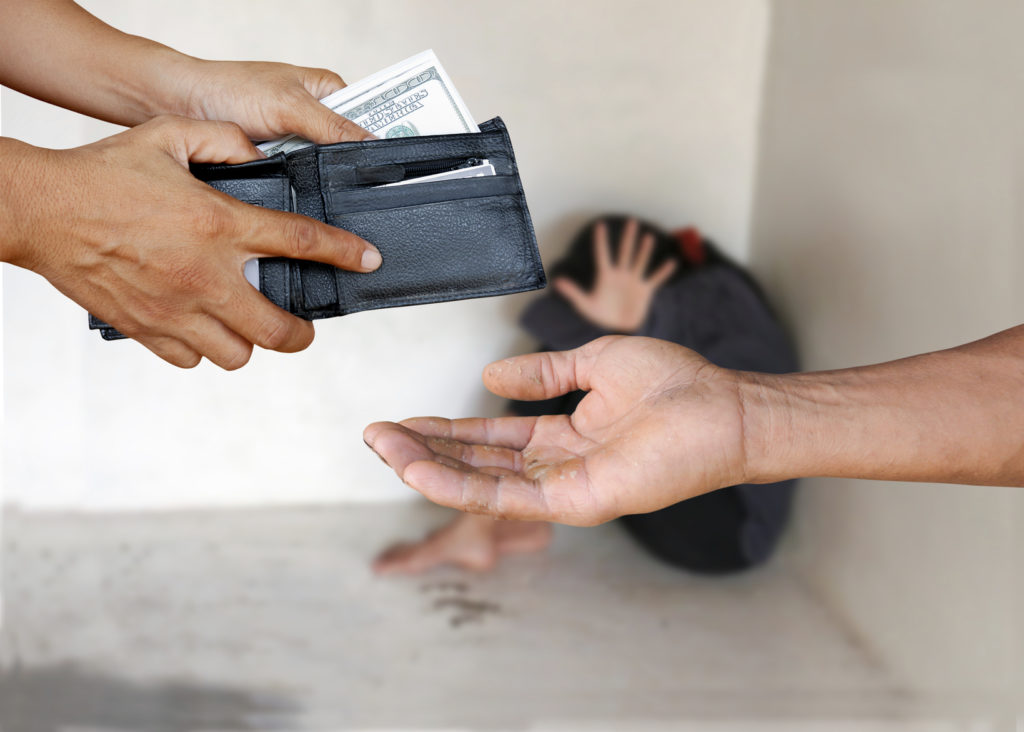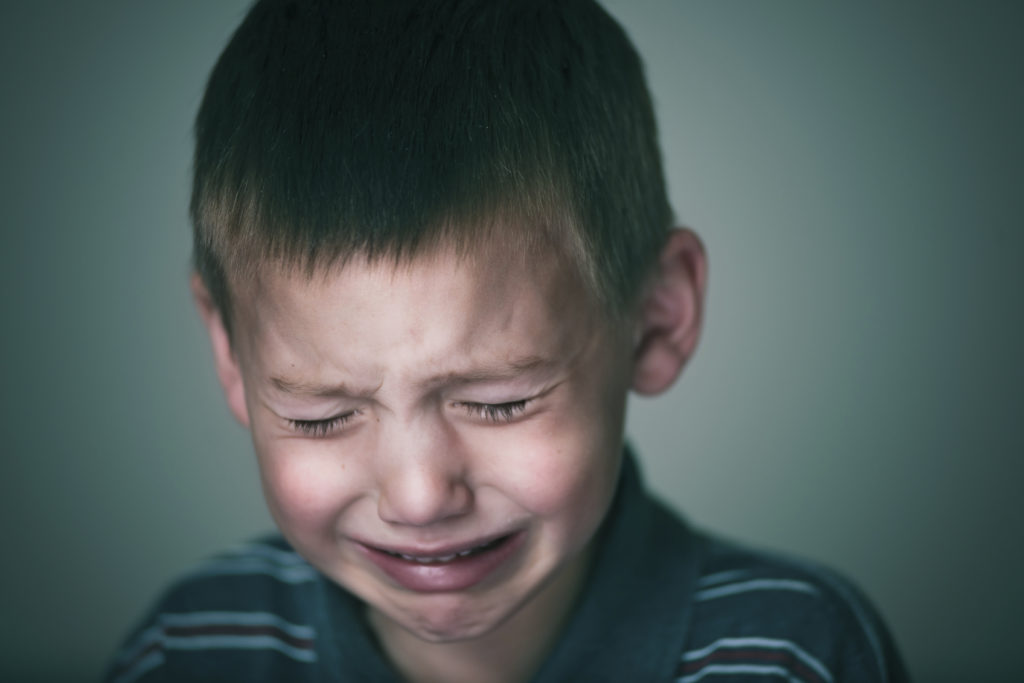With the conclusion of the 2016 Olympics in Rio, many have been moved by stories of inspiration and triumph. One particular story that resonates in the foster and adoptive community is that of Olympic Gold Medalist Simone Biles. She, along with her siblings, was adopted by her grandparents in 2001 after her mother’s parental rights were terminated. Simone’s story, however, is not the average tale of a black child in foster care.
This is the reality in America: black children are less likely to be adopted when removed from their homes due to abuse and neglect.
The disproportionate percentage of black kids in foster care sheds light on a deep-rooted problem in society.






